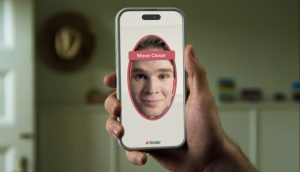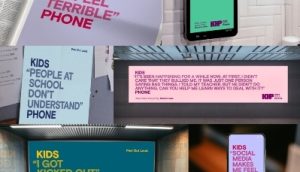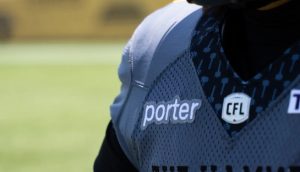IAB Canada’s recent Barometer Report on brand safety shows that more than 80% of the respondents thought brand safety was either “extremely serious” or “very serious.”
Those views could be attributed to the fact that among IAB Canada members (including marketers, agencies and publishers) surveyed online in January and February, most brands say they have recently experienced a brand safety issue.
Nearly half – 44% – of respondents said they have experienced “a few” brand safety issues in the last six months, while 19% said they have had one issue in the past six months.
A small number (6%) said they experience such issues “regularly,” while 24% said they have not experienced any issues — 7% say they don’t actually know.
Interestingly, the majority (59%) of those surveyed said they don’t know what the impact of a brand safety mishaps could be. Of those who did report on perceived consequences, social backlash (24%) and bad PR (23%) the most common responses, while brand misalignment (17%) and decreased revenue (6%) were lower.
The IAB also explored what its members consider brand-unsafe content. While much media attention has gone to the more extreme forms of questionable content like pornography, conspiracy videos or gory violence, those aren’t among the top three concerns.
The content brands are most afraid to appear alongside are: content about very negative news, such as disasters (47%), divisive politics (41%) and fake news (34%). The sometimes-unpredictable world of user-generated content and influencers came in fourth with 26% of respondents concerned, followed by hate speech, vulgarity and violence. Pornography was only an immediate concern to 11% of respondents.
For platforms, video sharing sites drew the most concern (71%), followed by UGC/video sites (60%). Social media followed in third with 53%, and publications with ads bought on an open auction followed with 51%. Publications with direct programmatic buys only concerned 10% of respondents, while sites with direct buys between the sales reps and the advertisers weren’t a concern to any.
Seeking solutions
When it comes to dealing with these issues, almost 90% of respondents are using technology solutions (and 49% of respondents have been using those solutions for more than two years). However, half of respondents were either unaware or only “somewhat aware” of the various third-party verification systems in the market for brand safety. Blacklists, whitelists and direct vendor relationships were the most popular preventative measures.
As a result of brand safety concerns, more than half of respondents (56%) say they’re now opting for more premium ad inventory and aiming less for scale. Nearly a quarter (23%) have also opted away from open auction buys.
While that may mean good things for suppliers of premium inventory, 19% of respondents say they’re now finding it harder to reach audiences, and 17% say they’re reaching a smaller pool of people.
























